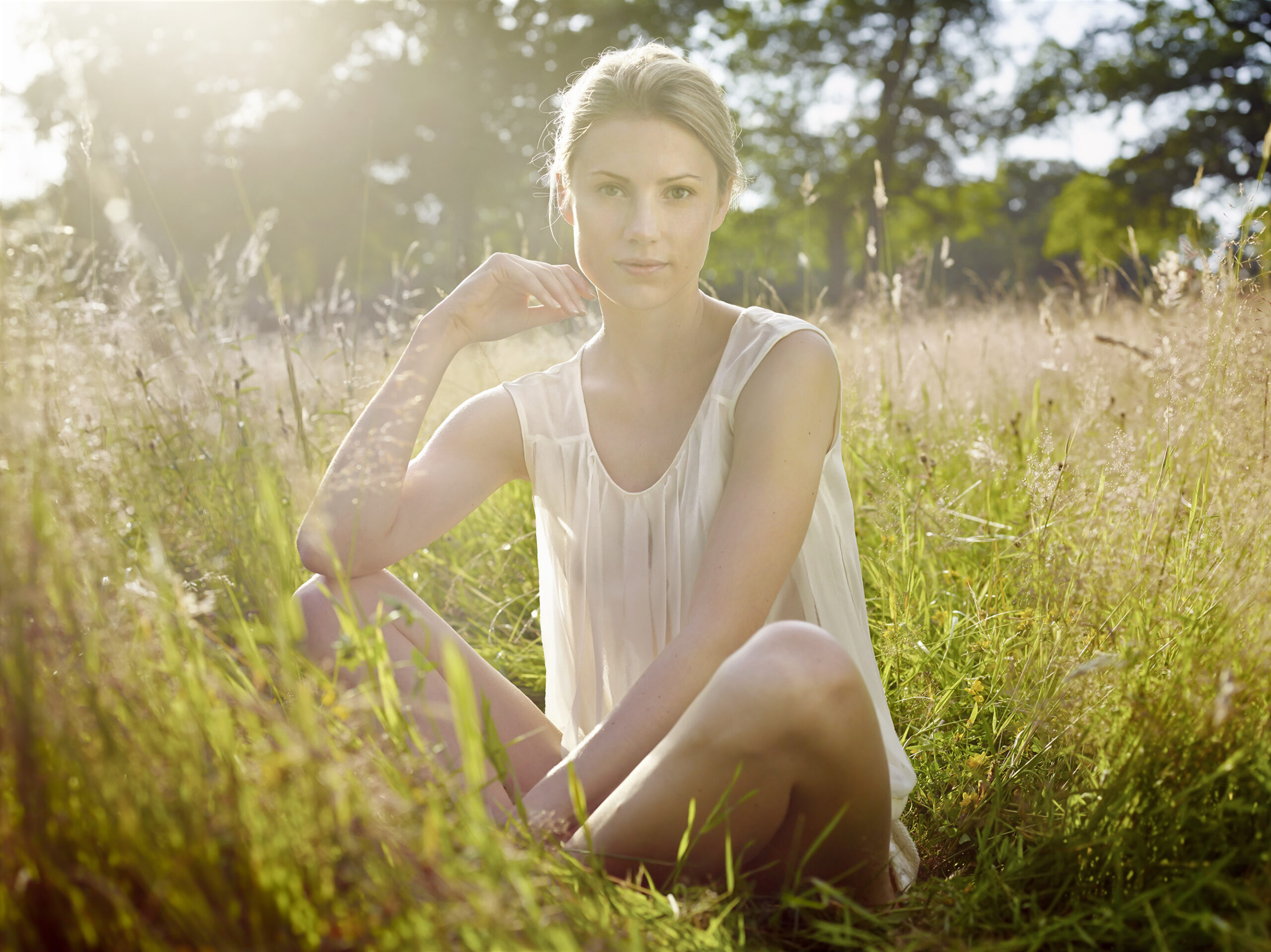Encouraging some of nature’s most magical insects into your garden.
Butterflies are somewhere in the same genre as fairies, for me – they’re small, magical, brightly coloured and can often be found amongst flowers. And while it may seem that they were created purely for their aesthetics, they in fact play a crucial role in pollinating plants, just like bees.
In New Zealand, we have around 20 native species of butterfly, but many have been wiped out or are in decline due to aerial spraying, habitat loss and predators such as wasps.
Many of the plants that butterflies lay their eggs on, and that provide food for the caterpillars, are considered weeds, so are often removed or sprayed. We can help increase our butterfly population with the right type of planting, and by creating “butterfly gardens”.
Setting up
The ideal aspect for a butterfly garden is a sunny, sheltered area. Like other insects, butterflies are cold-blooded and need the warmth of the sun to fly. Butterflies also benefit from having a tree in or near the garden to provide shelter and habitat to overwinter. Placing a few flat, smooth rocks around the garden area will be appreciated as they offer little sun-basking platforms.
Planting butterfly-friendly plants provide food and a safe habitat for these creatures. Butterflies need two types of plants – nectar-rich flowers for the adults, and host plants for the caterpillars. The Monarch butterfly is one most of us will be familiar with; I’m sure we’ve all seen them hovering around their beloved swan plants.
For Monarchs, swan plants act as host plants. They lay their tiny white eggs (often under the leaves); these then hatch into caterpillars which eat the leaves, and when they’re fully grown, they form a chrysalis and emerge as a butterfly around two weeks later. And so the cycle continues.
Keep it colourful
Butterflies are attracted to bright colours and have a preference for short, tubular-shaped flowers that they can sip from easily with their flexible straw-like tongues, called probosci. Flowers that have broad petals or a cluster of blooms will help to support them while they feed.
Try grouping these plants together – mass flower plantings (at least three or four) of one colour such as purple, pink or blue will be especially hard for them to resist. Butterflies need water too – placing a shallow saucer of water with some stones in it near your garden will provide much-needed refreshment and they will have a place to stand while drinking.
What’s so special about butterflies?
Just one of the many superpowers that butterflies have is being able to detect sources of nectar over long distances, using smell receptors located on their antennae. Once closer, they can also identify the plants by sight, then land and “taste” test them with receptors on their feet. It’s all very clever and provides another insight into the complexities and perfection of nature.
Doing our bit to attract beneficial insects will also bring our gardens to life and create a beautiful ecosystem in our own backyards. A happy garden is bright, colourful, buzzing with bees and flitting with butterflies.
Creating a butterfly-friendly garden
These plants can be either planted as a flower garden or incorporated into your existing vegetable garden. Avoid using insecticidal sprays as these can harm butterflies and other beneficial insects.
For caterpillars (host plants):
- Peas/sweet peas
- Broad beans
- Lupin
- Pohuehue
- Swan plants
- Tweedia
For butterflies (nectar plants):
- Calendula
- Echinacea
- Chrysanthemum
- Salvia
- Hebe
- Cosmos
- Dianthus
- Marigold
- Sweet William
- Snapdragon
- Zinnia
- Cleome
- Valerian
- Native Koromiko
- Alyssum
- Echium
- Rudbeckia
- Asclepias







